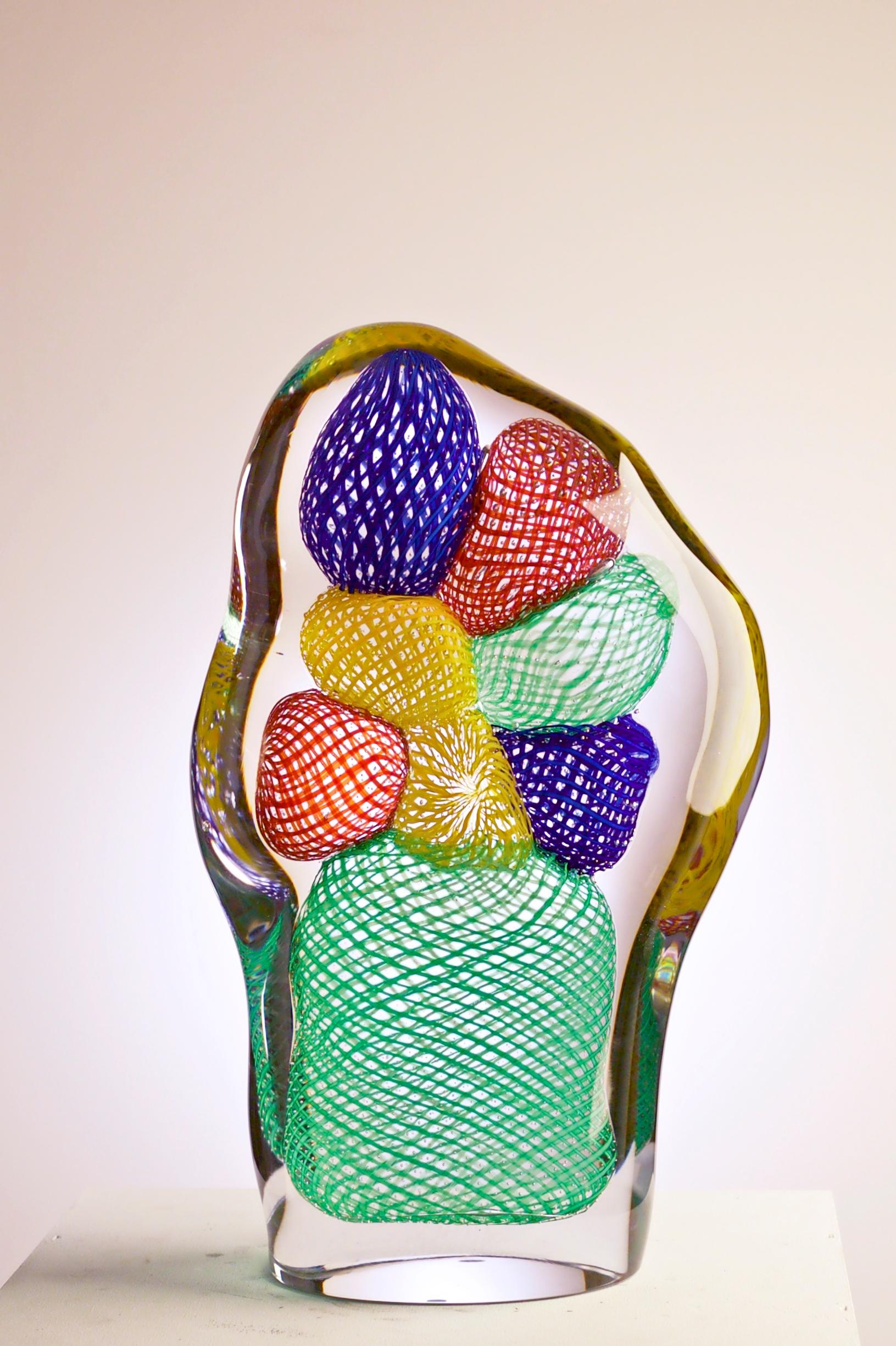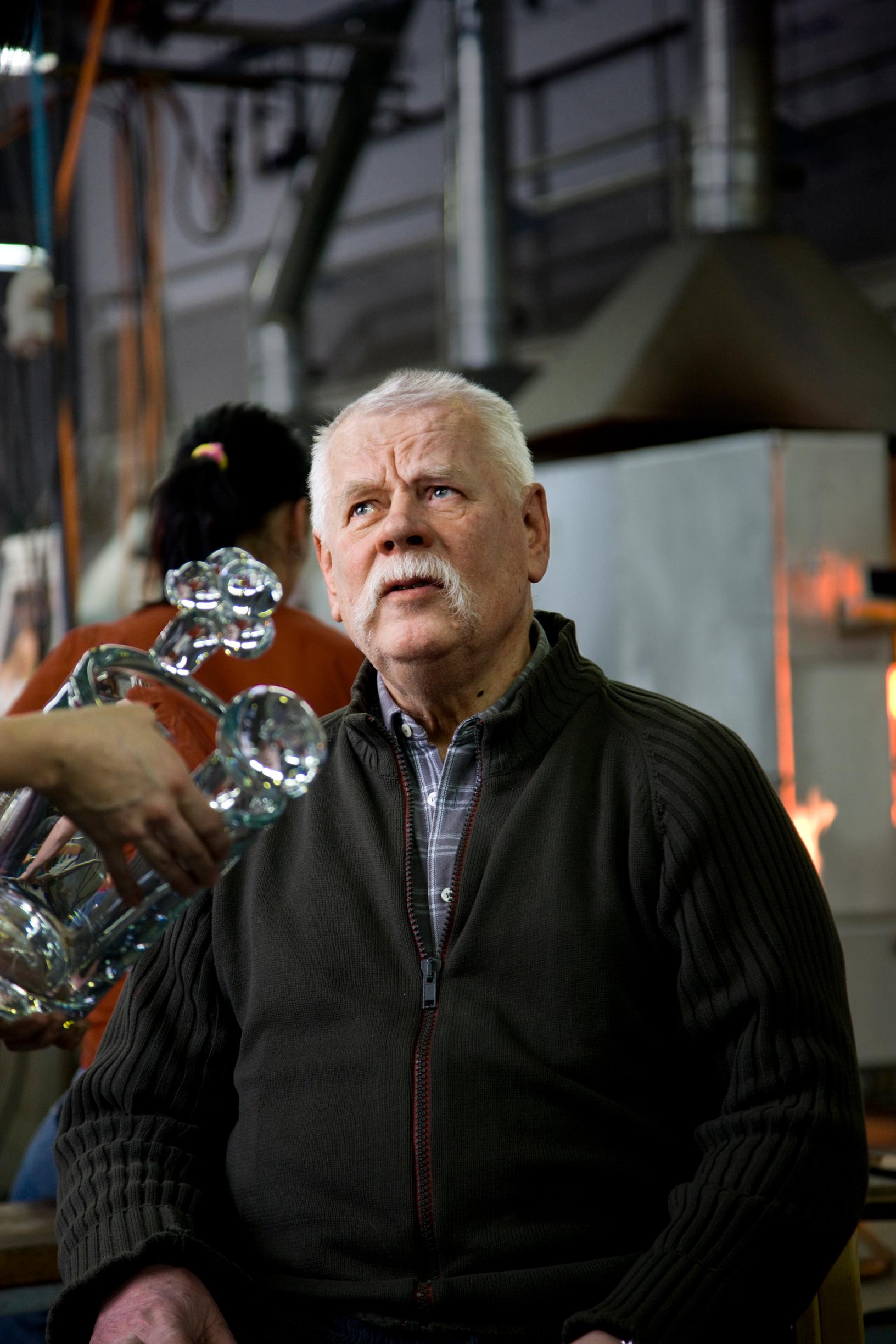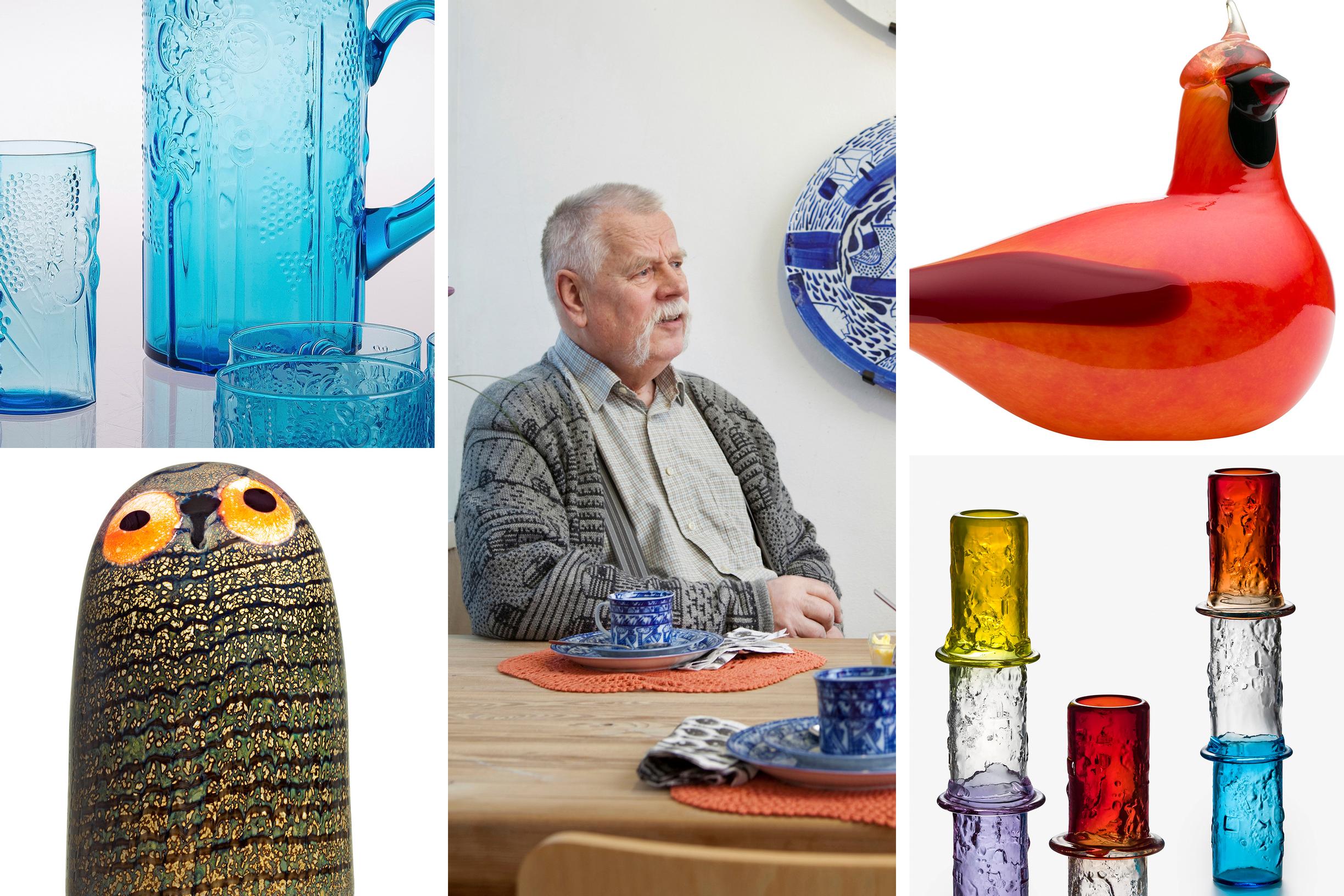
For Oiva Toikka, work meant fun—the life of the beloved glass artist
Oiva Toikka loved happy accidents and slip-ups, always present in glass artistry. Even his popular Annual Cubes and birds first sprang from experimentation.
It was December 2014. Oiva Toikka (1931–2019) had just opened an exhibition of new glass artworks made in Venice’s Murano at the Forsblom art gallery in Helsinki. Yle’s reporter caught up with him during the Finnish Independence Day celebrations at the Presidential Palace and asked how he could possibly keep working at full steam at age 83. Sitting in a wheelchair, Toikka replied in his casual way: “I wouldn’t call it work, because I’ve never really been into work, but I do like having fun. Enjoying myself.”
That remark revealed one key to Toikka’s vibrant and captivating life’s work.

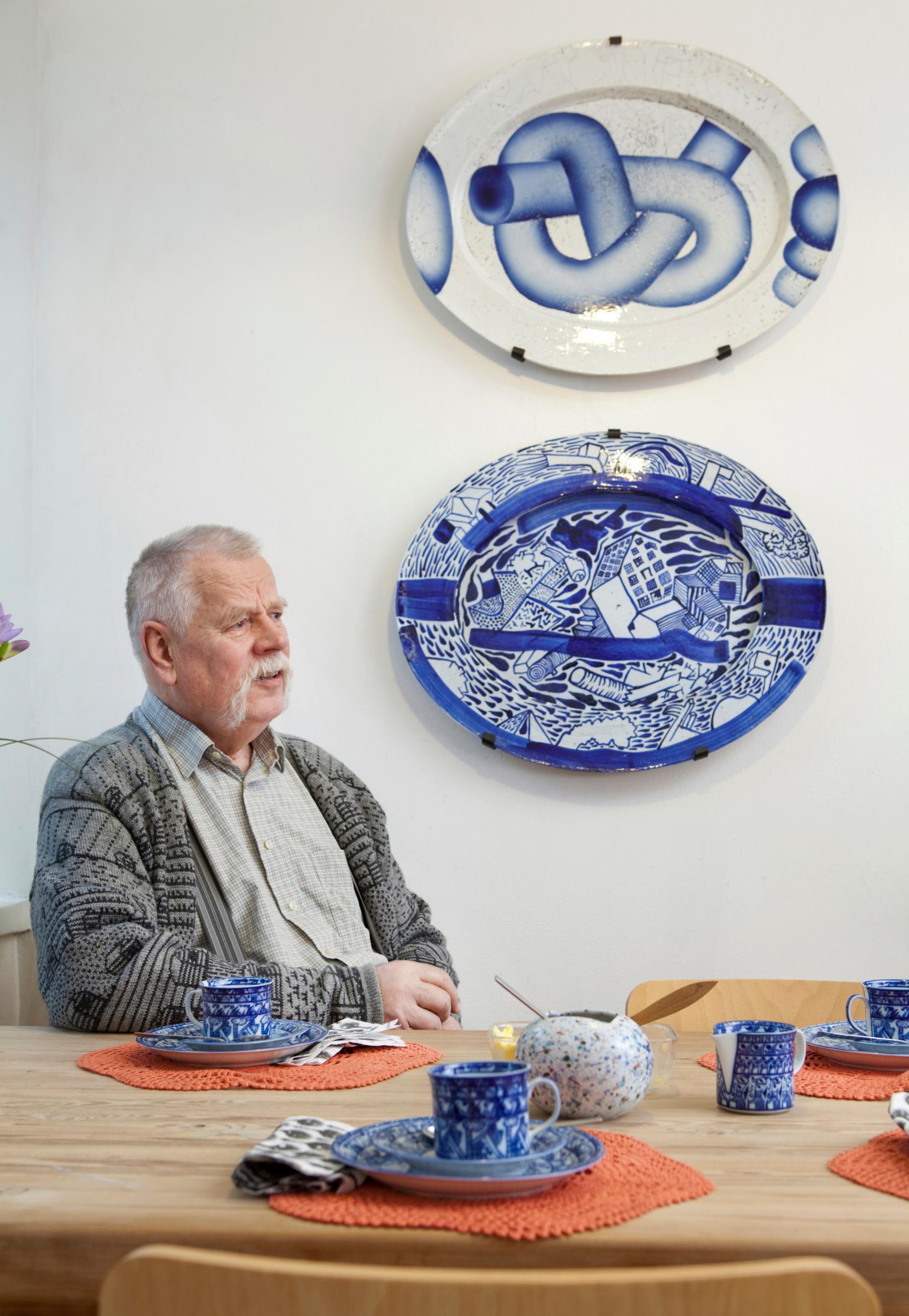

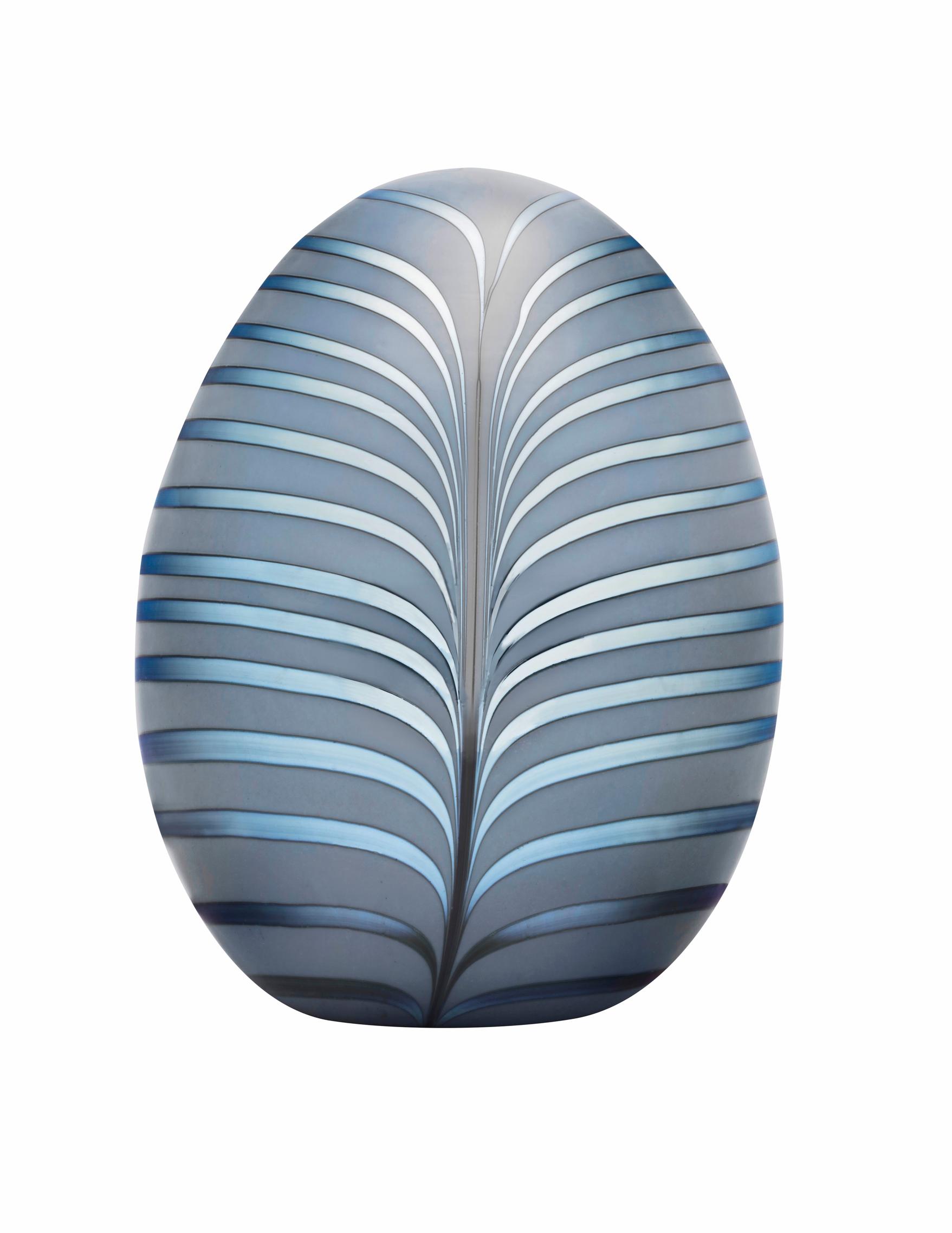
Oiva Toikka once said that he never made sketches; he simply blabbered away. In other words, he drew endlessly from childhood onward, creating his funny, whimsical images. Over time, these evolved into both serially produced designs and unique art pieces, as well as stage sets, costumes, and Marimekko prints. In 2009, Toikka designed furniture for the Italian plastics manufacturer Magis: the Dodo bird and the Paradise Tree coat rack. Dodo was designed to be a colorful accent, serve as a seat, and decorate both indoor and outdoor spaces for both children and the young at heart. There’s even a dash of self‑irony in Dodo, since Toikka is best known for his birds.
Oiva Toikka embraced chance mishaps and slip‑ups, constantly present in a glass artist’s work. In a 1993 interview for Gloria magazine, he revealed that his favorite pieces were always those “frightened at birth”—works he wouldn’t dream of sending to exhibitions or museums: “They have their own charm, a certain potential. Those that have settled into a finished form don’t interest me anymore. They’re already behind me.”

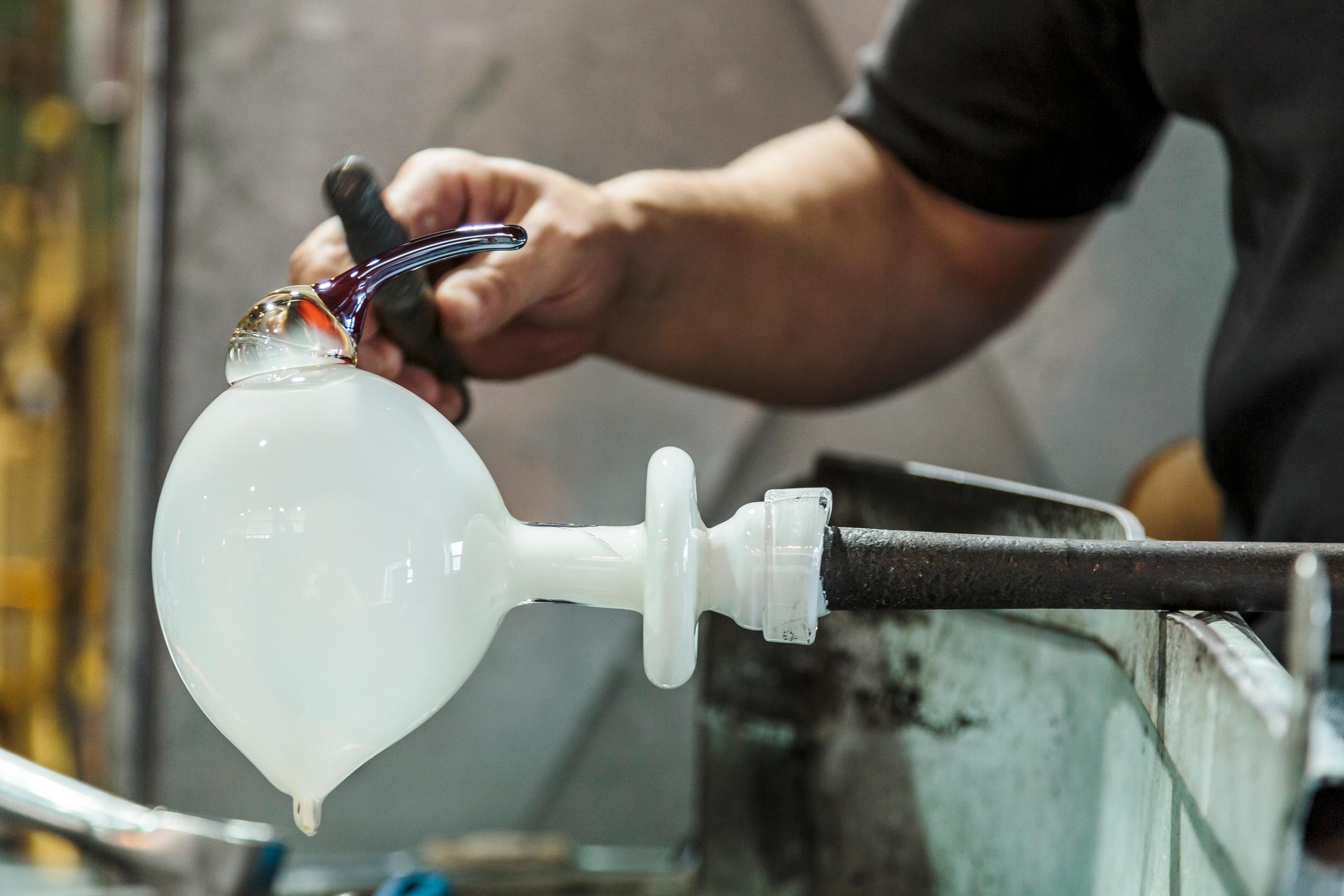
Oiva Toikka kept alive the inquisitive, spirited Karelian boy within him. The same boy who at 8 years old, riding in the back of a truck leaving his burning hometown of Viipuri, thought: at least this time I get to take a longer trip. Toikka was never one to dwell on sorrow, even though life had its shadows.
In that same Gloria article, his longtime spouse, designer Inkeri Toikka, said she admired the positivity he brought along from his childhood home: “Every day was like a party. Sometimes I was amazed by how they could find so many reasons to laugh.”

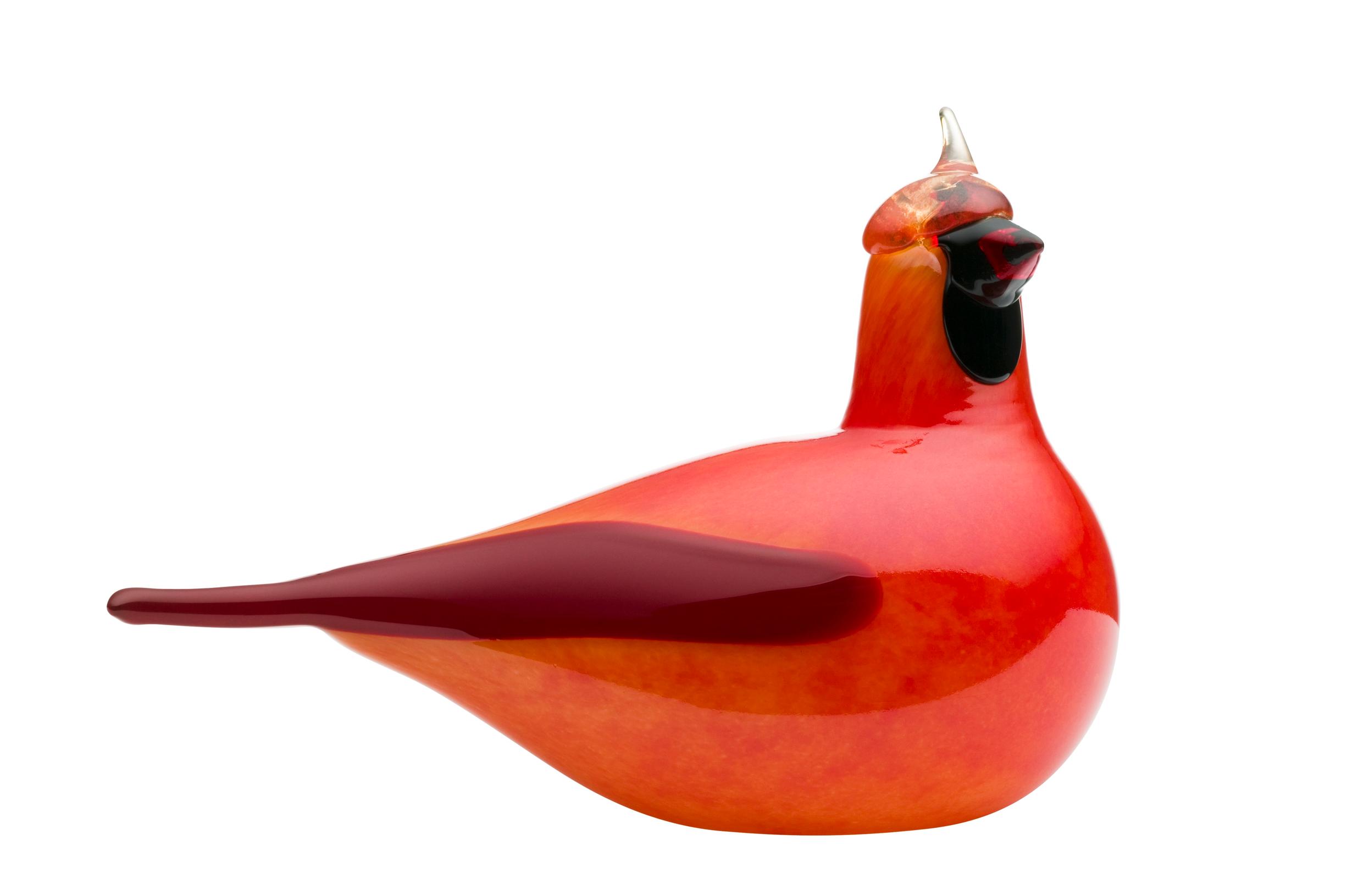

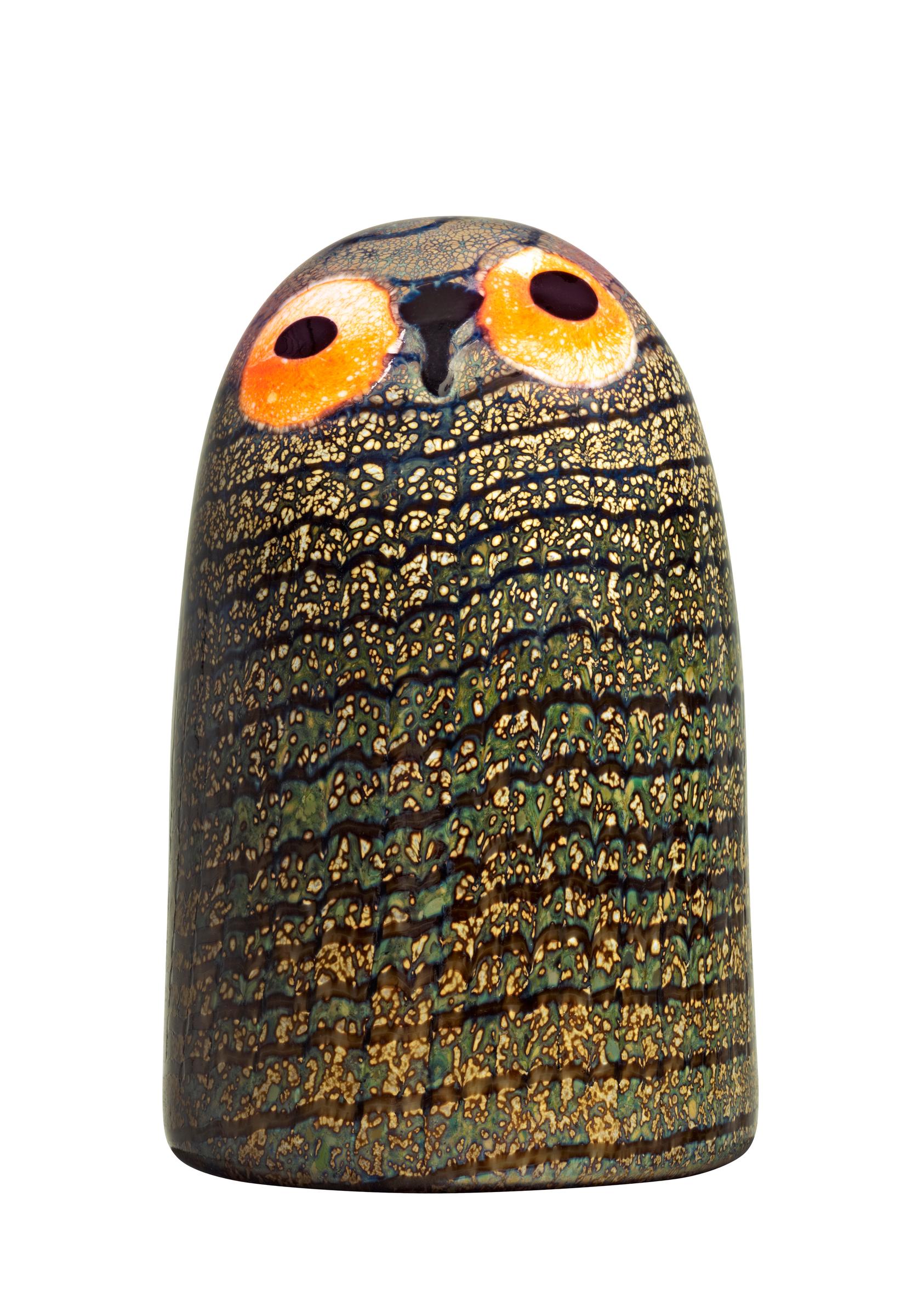

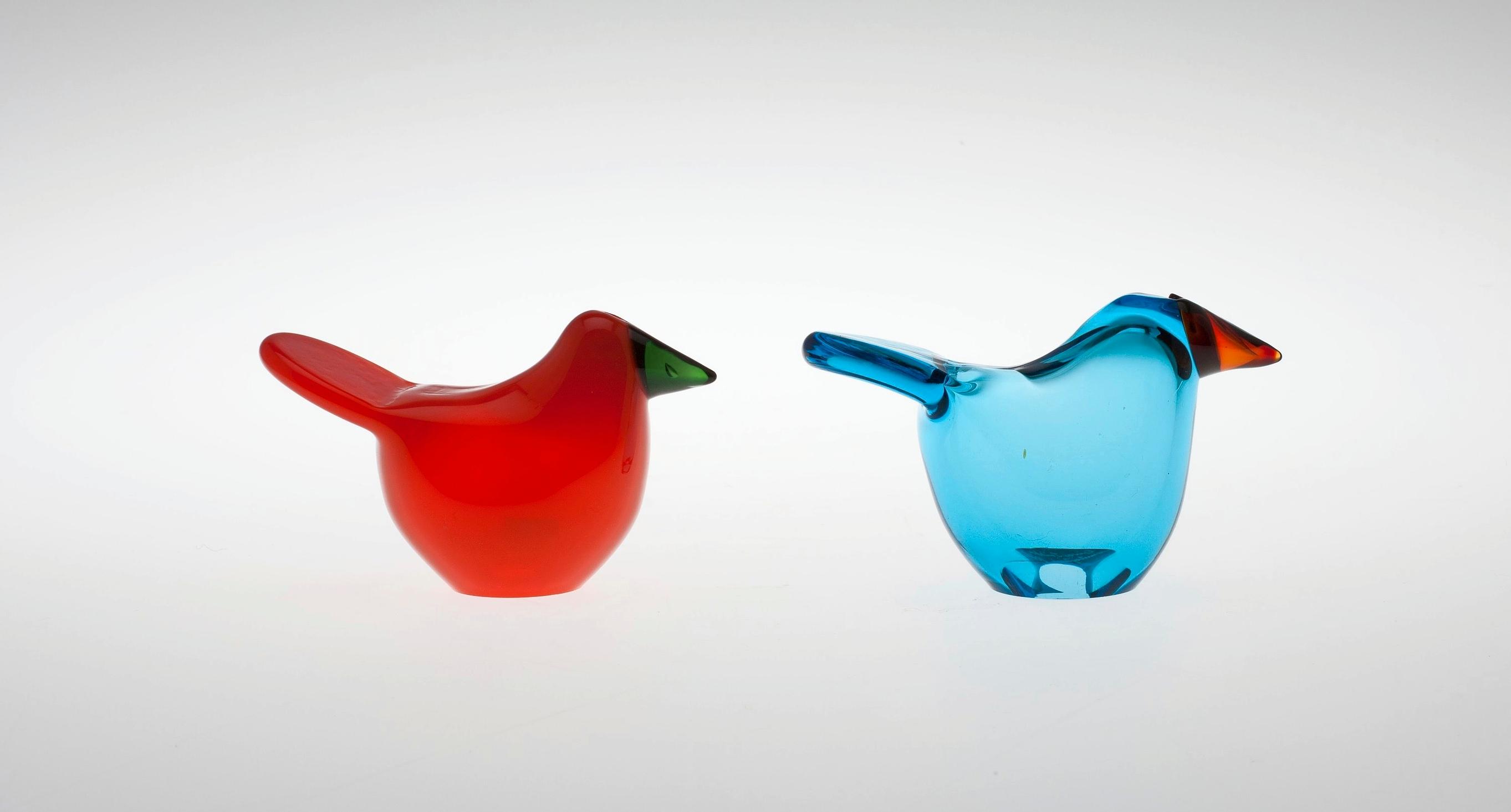
Inkeri Toikka, Oiva’s sweetheart since adolescence and mother of three sons, passed away in 2009. Oiva was smitten by Inkeri during the entrance exams for Taideteollinen oppilaitos (School of Art and Design), or Ateneum, because “Inkeri had personality and wasn’t some giggle machine.”
They both graduated as ceramicists in 1956 and worked at the Arabia ceramics factory in Helsinki until two sons arriving just under a year apart kept Inkeri at home, pushing Oiva to find better‑paid work. A "fine" artist at Arabia earned the same wages as a driver helper.

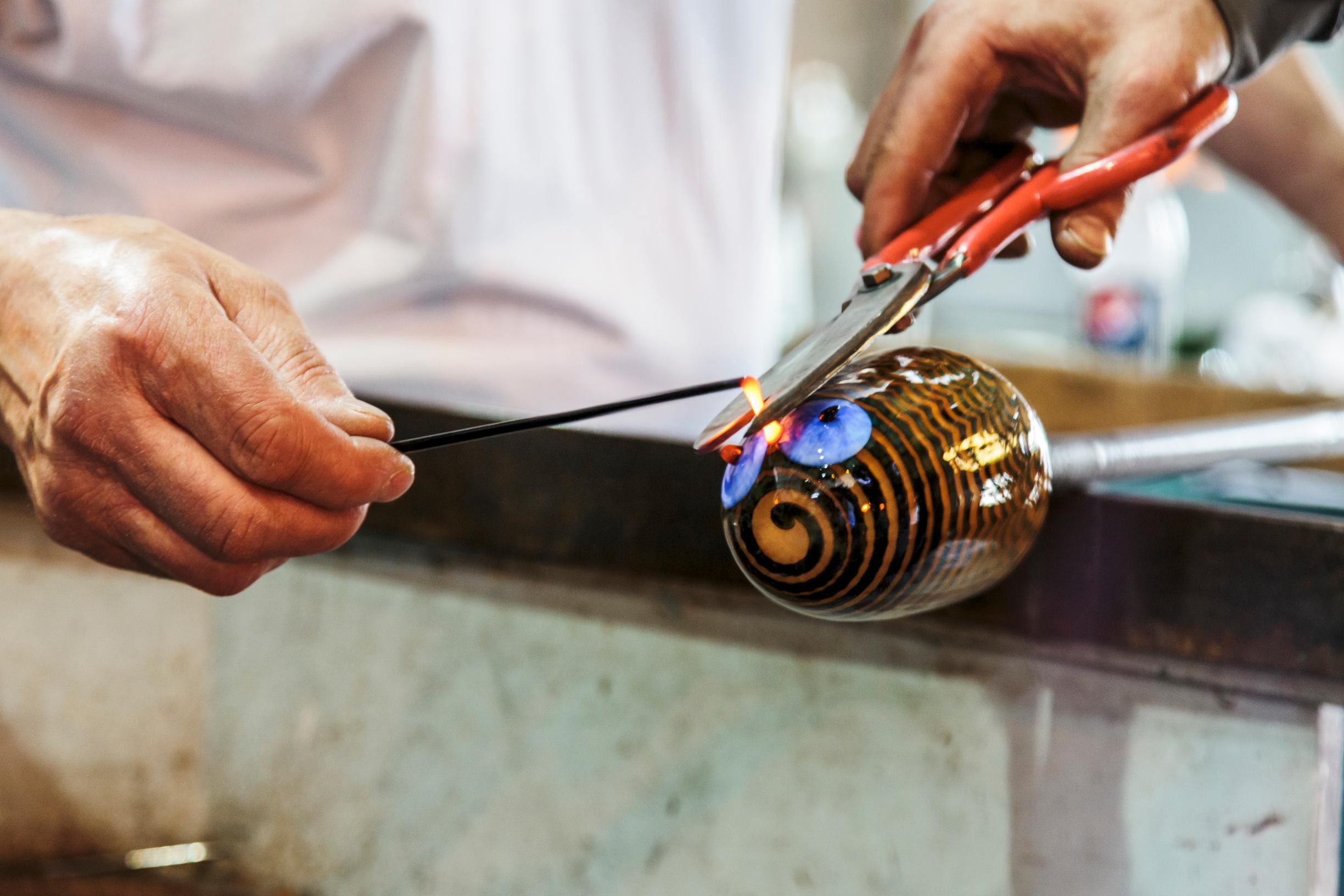
After qualifying as an art teacher, Oiva Toikka moved with his family in the 1960s from Helsinki far north to Sodankylä, on River Jeesiöjoki which flows into River Kitinen. Everything changed as soon as in 1963, when a newspaper ad led him to glass.
The Nuutajärvi glass factory in Urjala, on the other side of the country, was seeking a designer. Both young ceramicists knew a bit about glass, since they had spent a summer interning at Nuutajärvi during their studies at the invitation of Kaj Franck. Even back then, they were captivated by glass. It marked the start of Toikka’s baroque style of abundant color and form, which became his hallmark: playful, warm, slightly rebellious, decorative, and always exploring the medium’s potential. Even his very first works at Nuutajärvi were freely blown, vividly colored glass sculptures.
At Nuutajärvi, the family welcomed a third son, eleven years younger than his brothers. Oiva and Inkeri Toikka both pursued careers in glass design, but while Inkeri focused on functional glass, Oiva let his creativity soar—especially after he won the prestigious Lunning Prize in 1970 and traveled the world gathering fresh inspiration.

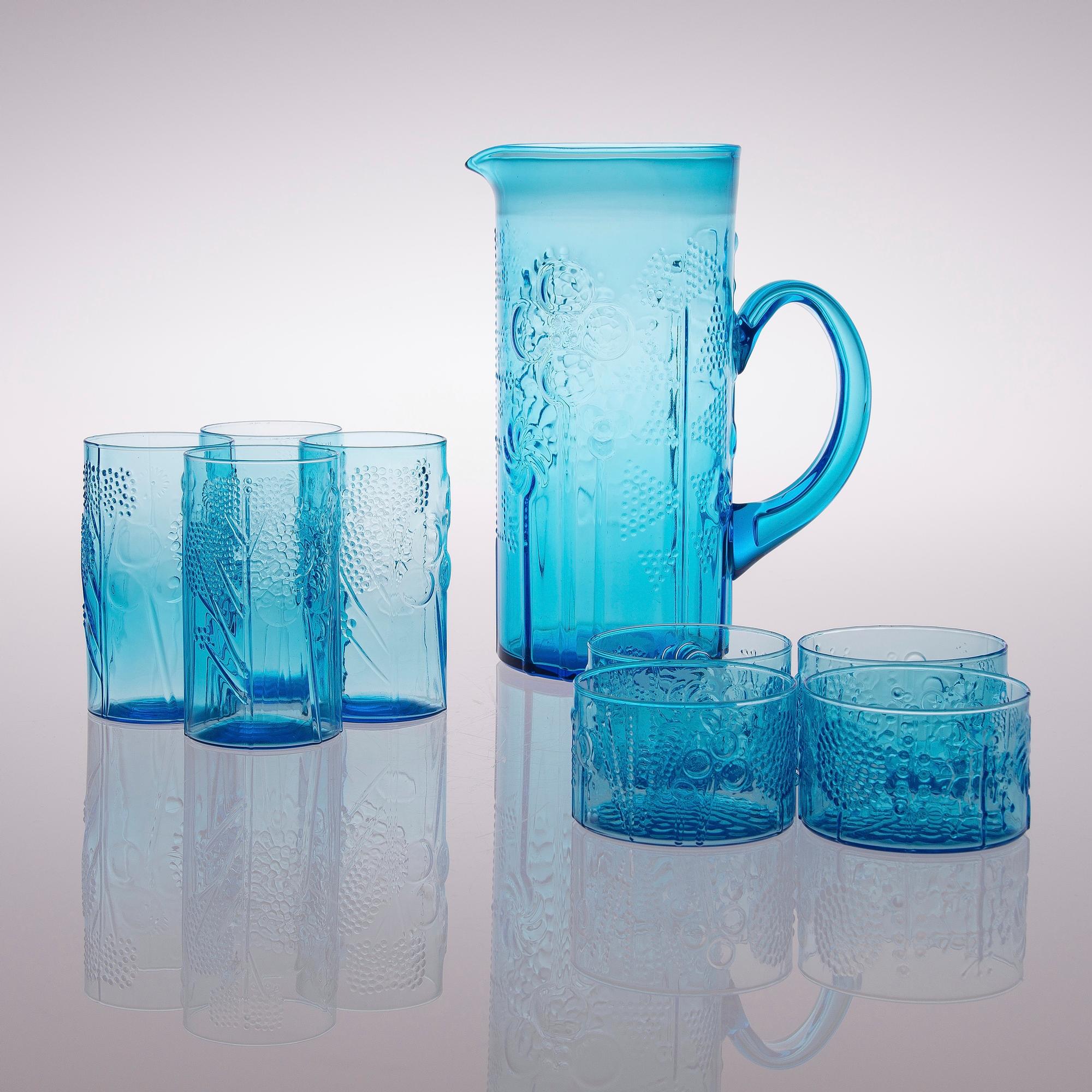

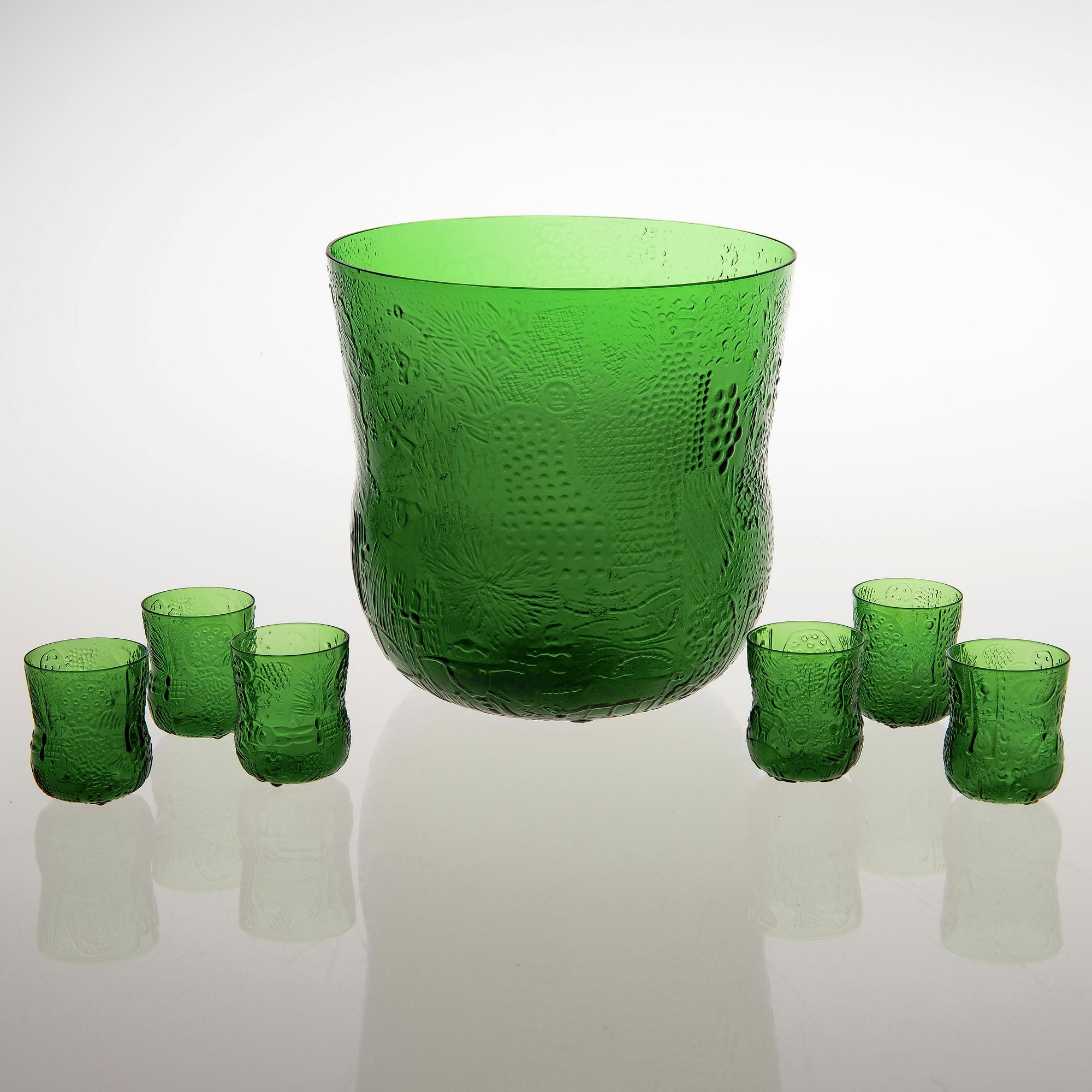

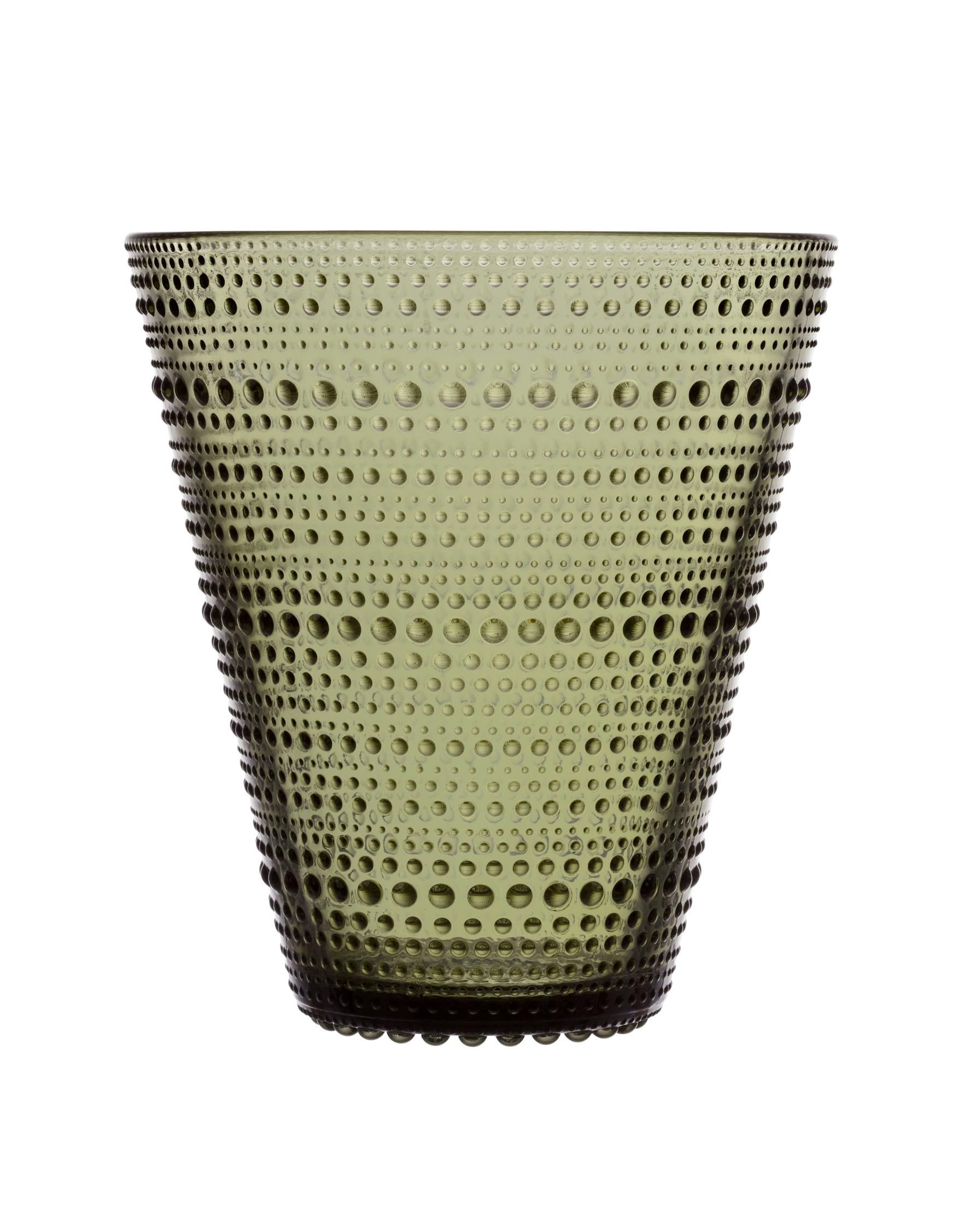

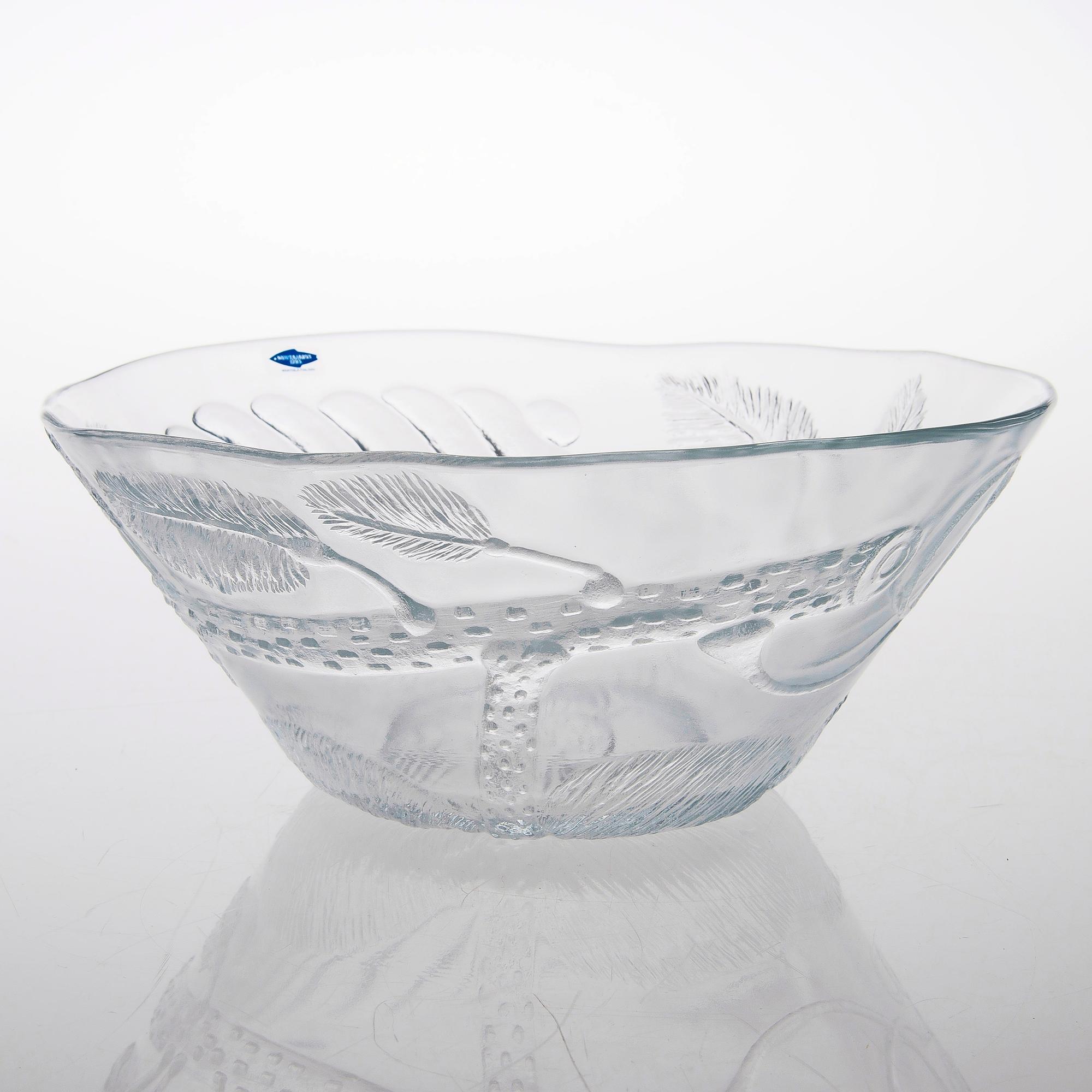
Of course, Flora, Fauna, Kastehelmi, and Pioni—not to mention the Krouvi beer mugs loved by pubs and sold across the globe in millions—helped make Oiva Toikka a beloved designer of functional glass, as well. But it was his Bambu, Lollipop, and Pampula (‘Pom-pom’) series that truly kicked off his artistic triumph. Gradually, his pieces grew bigger, adding more components and becoming more intricate and open to interpretation.
Toikka leaned toward romantic ornamentation, never satisfied with a smooth, clear, minimalist surface. He wanted to fill it with relief‑like flowers, animal shapes, and ornate motifs, and he thrived when working with colored glass and swirling forms.
The Annual Cubes and birds also originally emerged from his experimentation. The first mass-produced Annual Cube went on sale in 1977, and later, Toikka also composed unique installations using multiple, even dozens of, cubes.

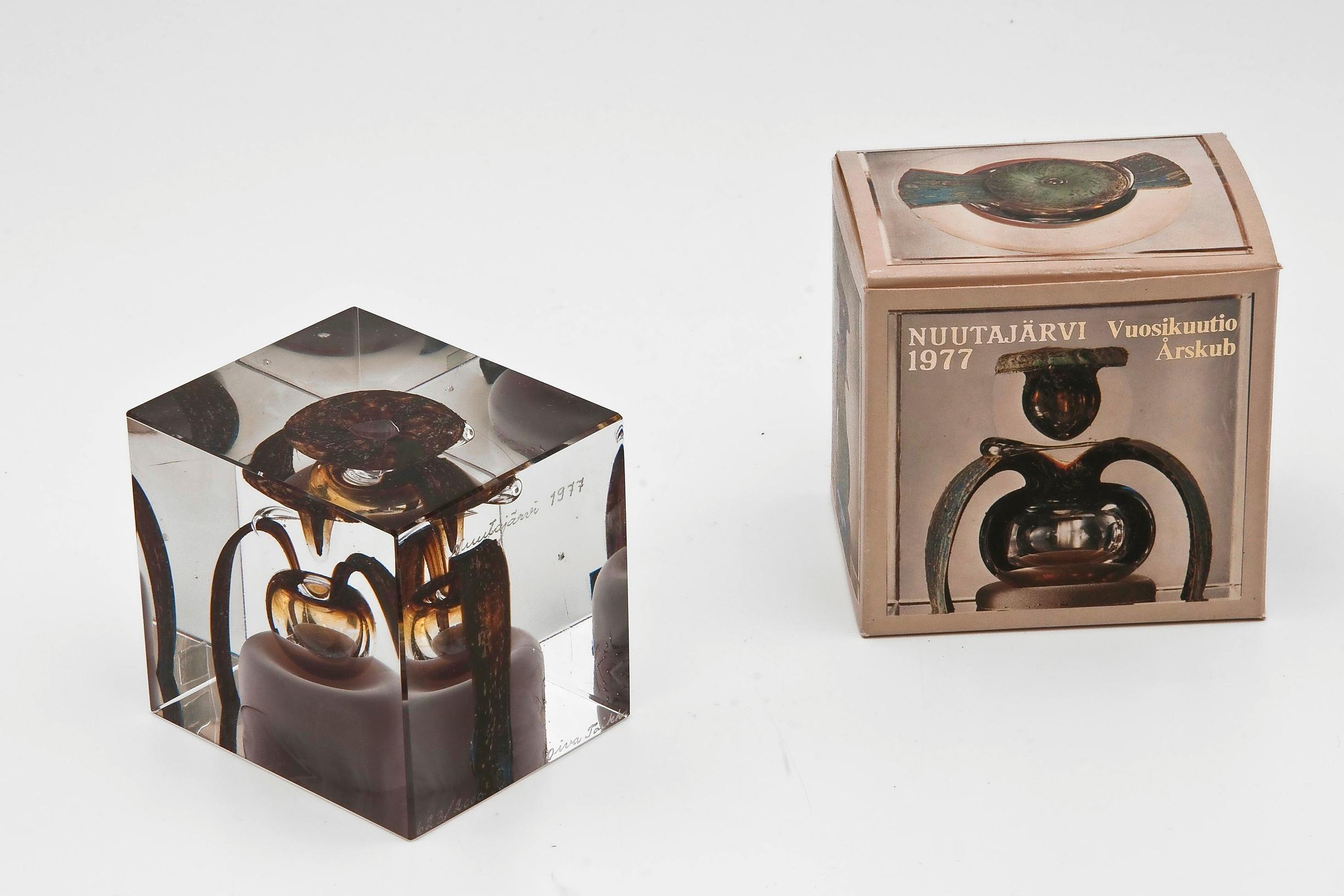
The famous birds date back to 1972, if you count the collection of small items introduced that year featuring Sieppo. The idea for a dedicated bird line came later, letting the factory showcase its glassblowing expertise and masterful use of color. Toikka’s birds have been in production for a very long time and continue to be made, so there are plenty around. Early pieces, like Laulurastas (‘Song Thrush’) and Sieppo (‘Flycatcher’), are especially sought after by collectors.
Owls sell like hotcakes on vintage markets. Buyers as far as Japan and South Korea look for special editions, such as Annual Birds and corporate gifts. Scarcer finds include the neodymium version of Sieppo and larger models like Kukko (‘Rooster’), Villihanhi (‘Wild Goose’), and Kiikkuri.

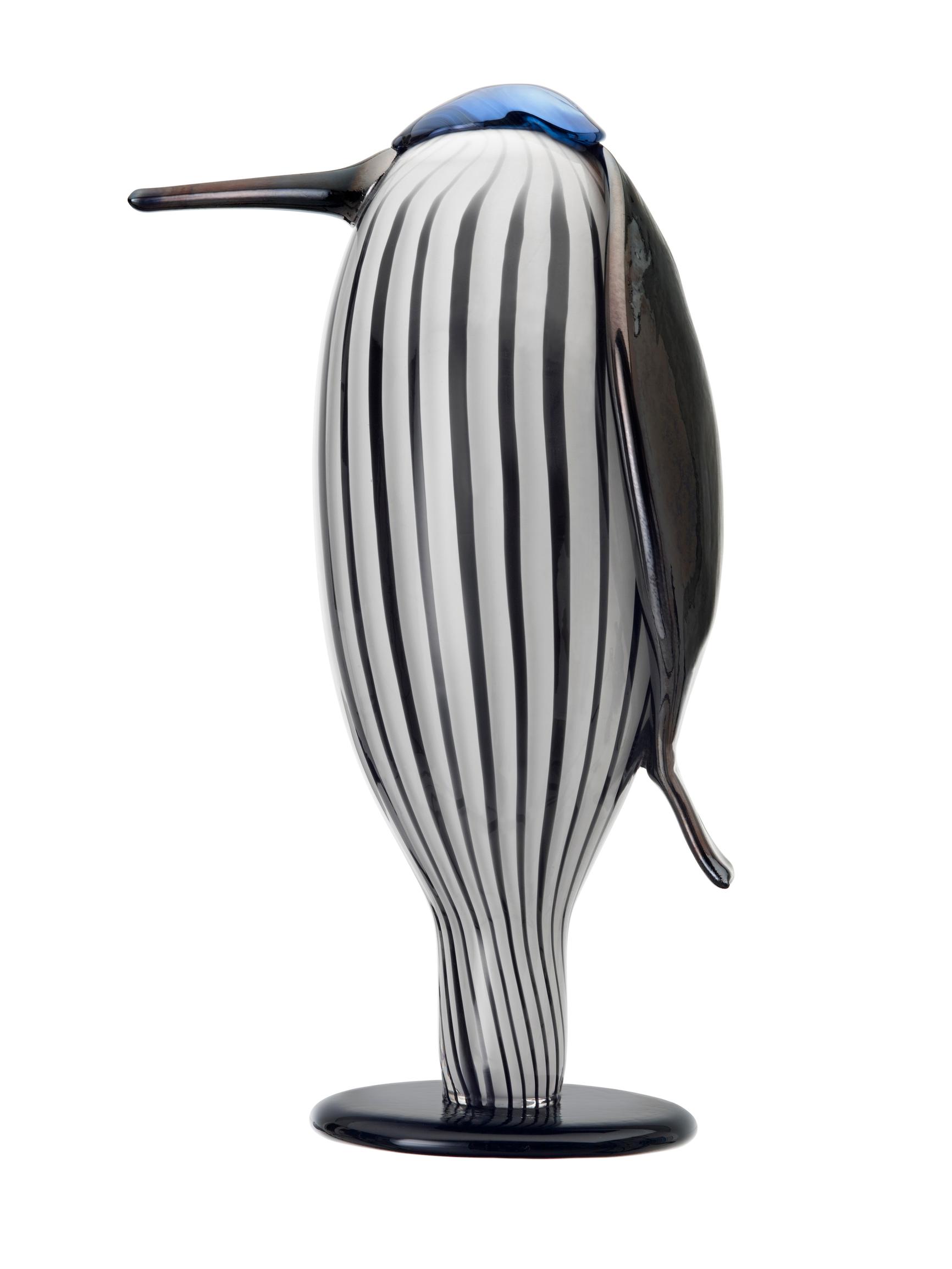

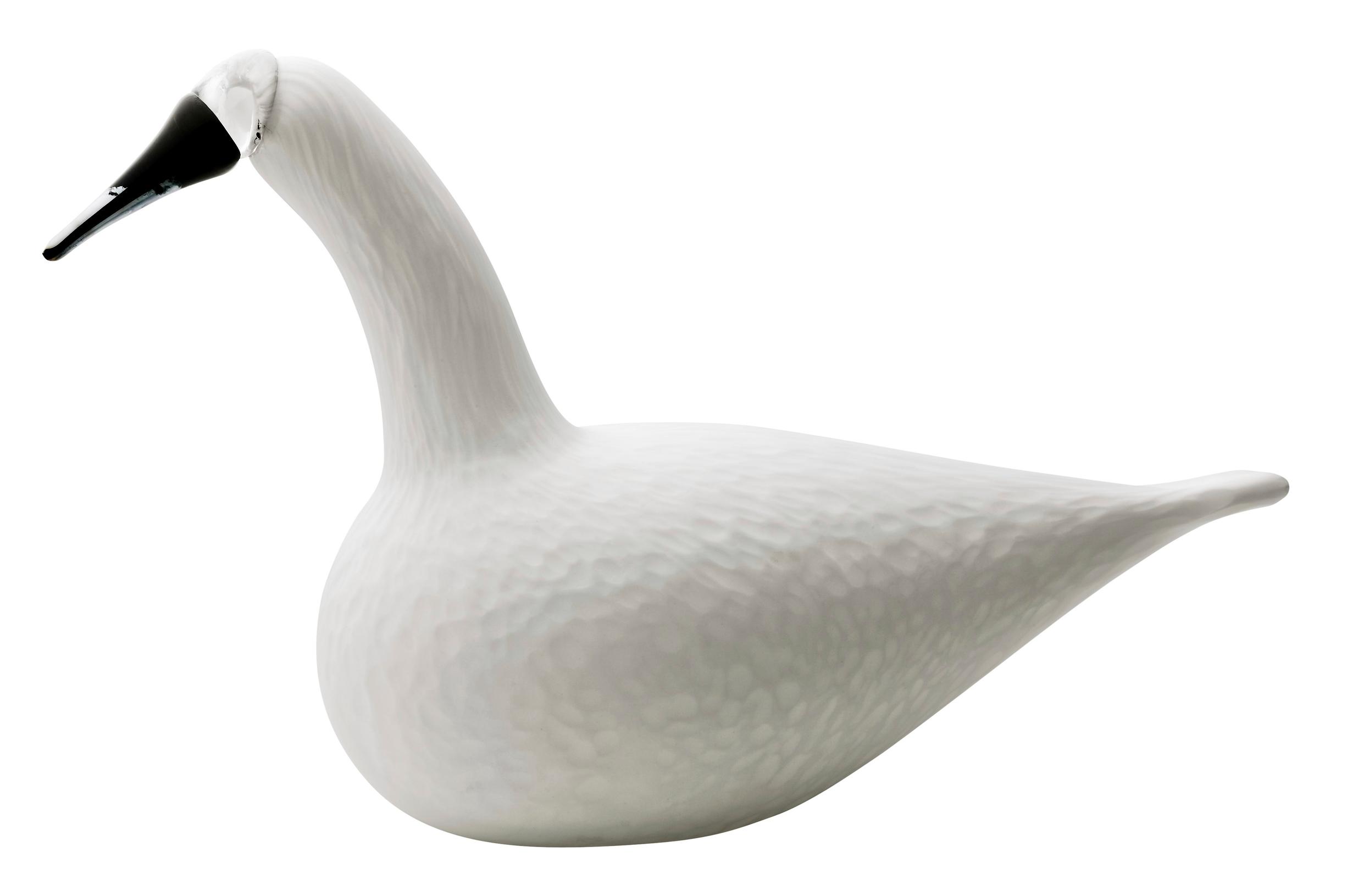
Beyond birds, Toikka got to showcase his talent through glass fruits and vegetables, returning to them repeatedly. He designed his first one‑of‑a‑kind glass fruits in the early 1980s. They were followed by small series, with the enticing Lasinen hedelmätarha (‘Glass Fruit Garden’) collection debuting in 1989. Then came Hedelmät (‘Fruits’) (1989), Lasinen kasvimaa (‘Glass Vegetable Garden’) (1991), and Vihannekset (‘Vegetables’) (1992).
After that, Toikka continued designing glass fruits and vegetables as single items until 2009. In total, some forty different fruit designs were produced, from Finnish berries like strawberries and blueberries to vegetables and exotic fruits such as damsons and figs.
Because these glass fruits did not form the same kind of continuous range as the birds, they are less well‑known. However, interest in them is on the rise. In 2019, some of the fruits were even brought back into production. These mouthwatering designs are now blown in Iittala.

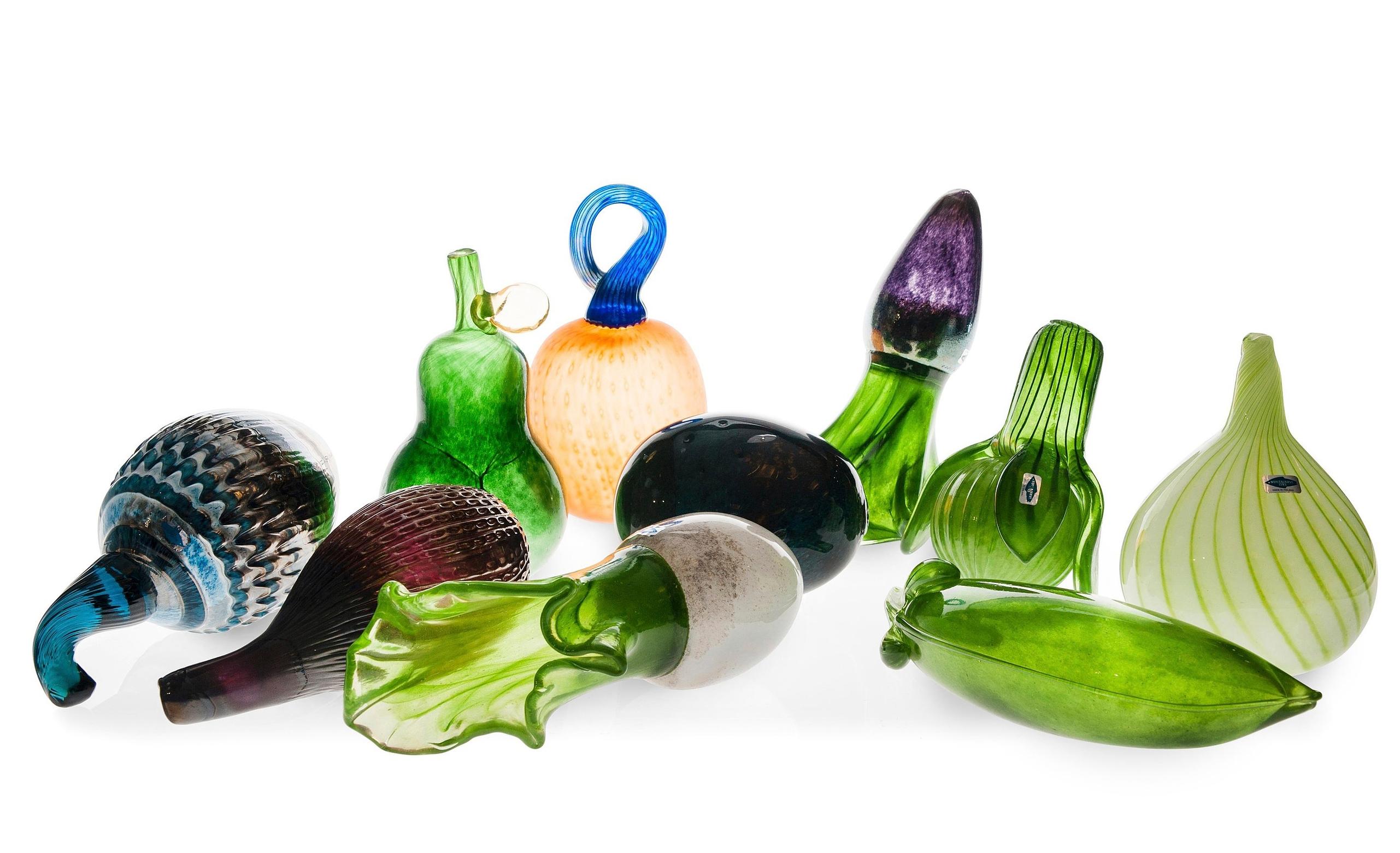
Toikka’s reputation as one of the Nordic region’s foremost glass artists is based upon his free‑form artistic work. That was thanks to the appreciation for creative spirit still being alive in Finnish glass and design during the 1970s, as well as to Kaj Franck, who served as artistic director at Nuutajärvi. He encouraged Toikka, whom he had recruited, to pursue ever wilder experiments, freeing him from the rigidity of mass‑market design and commercial pressures.
Such trust in Toikka also speaks volumes about the visionary-like Franck’s broadmindedness. Franck often presented himself as a strict functionalist and modernist, for whom beauty equaled practicality, yet he still allowed a distinctly different style to flourish.
Franck, who lived right next door to the Toikkas, also became a close friend to Oiva.

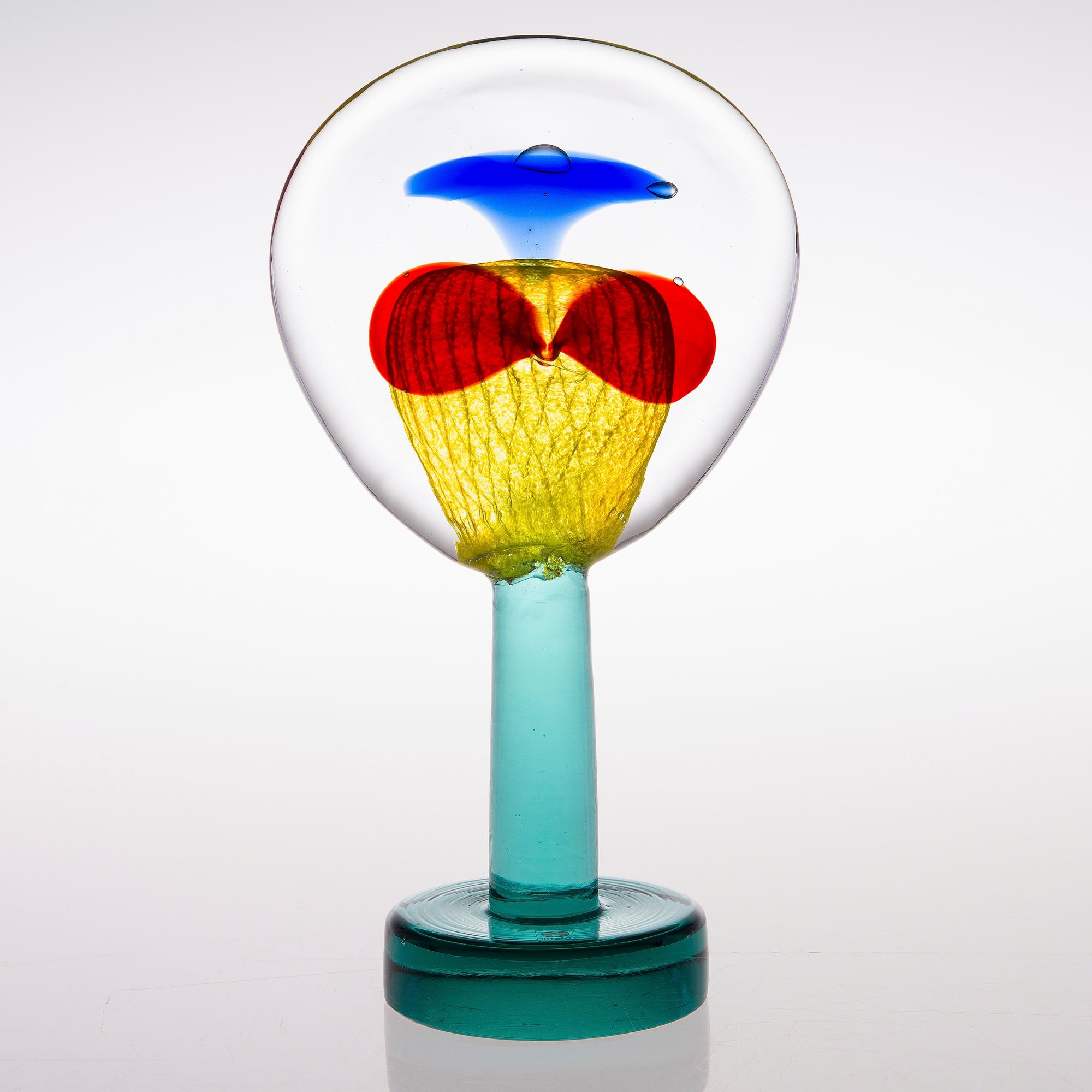

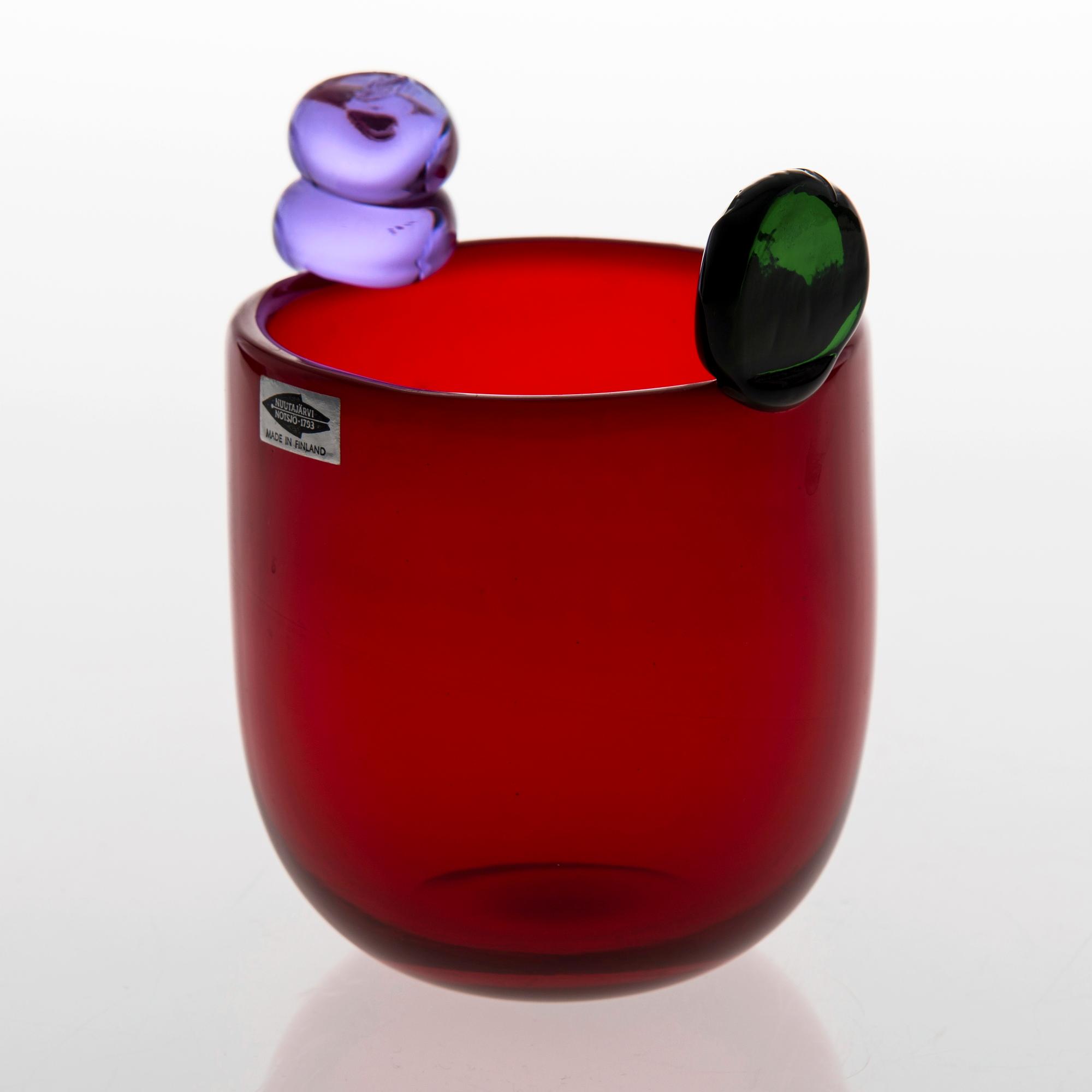

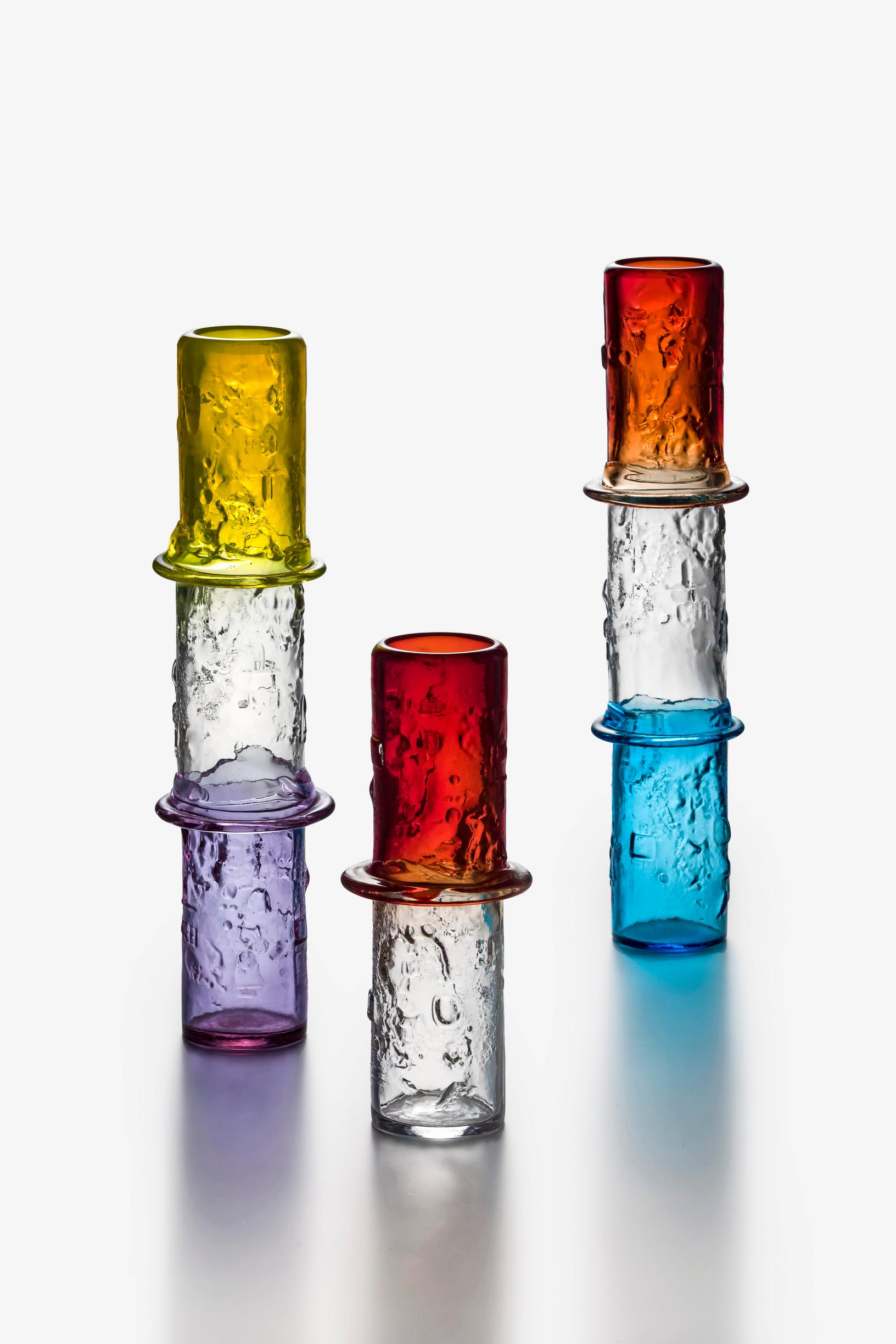
The Toikkas lived in the tight‑knit Nuutajärvi community for around thirty years before moving back to Helsinki. The main reason for the move was Oiva’s new position in the early 1990s: he had been invited to teach as a professor at Stockholm’s Konstfack, and he spent half his work time there, in two‑week segments. Helsinki was conveniently located between Stockholm, Nuutajärvi, and Iittala.
His glass sculptures kept growing in size and presence as he spent more time on them, exhibited them, and deepened his collaboration with master glassblowers. Oiva Toikka has always emphasized that glassmaking is a team endeavor, with master blowers contributing their own artistry.
A new stage began when he got to realize his visions in Venice’s Murano, the cradle of Italian glassblowing. In the hot shop of master blower Pino Signoretto (1944–2017), pieces were created that critic Timo Valjakka described in newspaper Helsingin Sanomat: “Memories appear in the witty titles of the pieces, but all words fade away once you step into the exhibition. You’re pulled in by the stunning visual appeal of Venetian glass and Toikka’s magician‑like skill in blowing, stretching, and bending it into forms that simply enthrall and captivate.”

